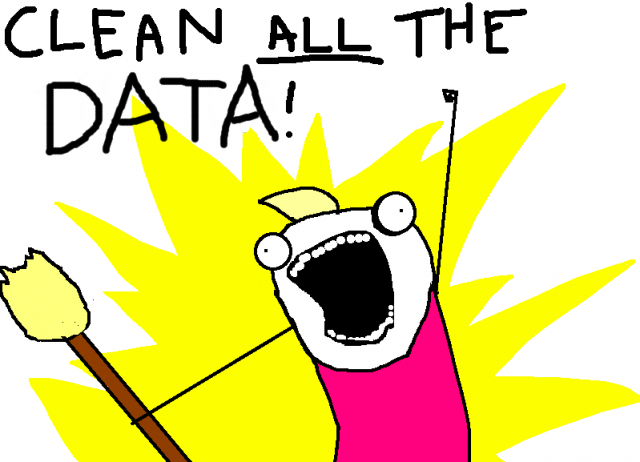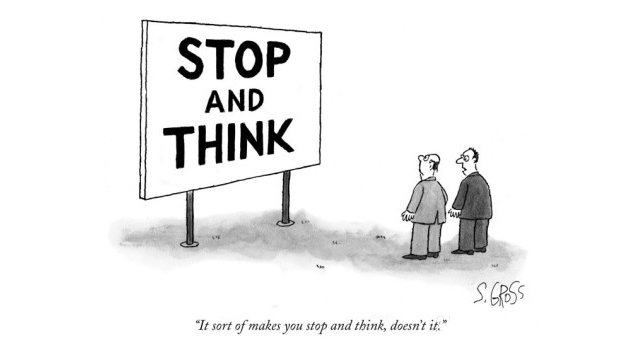During the past year, I’ve given lots of speeches and spoken with hundreds of people that are using Tableau. Many are expanding their Tableau Server deployments. Most people want to know how to ensure success or improve the utilization of the tool. They want to know best practices or how to improve their own work with Tableau.
Success isn’t just an IT project or the responsibility of some manager. Success has to consider your data sources, the support system and the accountability of the users creating content.
1. Create a Discovery Platform
There is a lot of howling about the “BI teams” in larger entities being slow and unresponsive. There are reasons for this. The BI team in every major company is comprised of specialists that understand the database and how to use the more complicated legacy tools that require a high level of expertise to use. When Tableau arrives, some of those resources should be shifted to provide discovery platforms.
What I mean by discovery platforms is this: publishing clean data sources via Tableau Data Sources or Tableau Data Extracts. Published data sources should include user-friendly field names, data definitions and lots of granularity. In this way, less technical end users that are doing discovery work, creating visualizations and building dashboards can concentrate on completing the work.

The IT (BI) team should ensure that the data sources used are clean and error free (to the extent possible). It’s OK if some errors get through the ETL process. The end users will probably see the errors sooner than your BI team does. Just fix the errors quickly when they are found and provide feedback to the user base that informs them about the mistakes.
2. Be Helpful and Timely
Providing fast and technically-astute help to your Tableau users is a good practice. If it isn’t fast, they won’t return. You are on the clock. You must respond quickly. Creating a small team of experts to support your end users is the best way to help them.
One good way to do this is to provide a Tableau hotline that is staffed by a couple of knowledgeable staff members at all times. That means instant availability. You will have to schedule the time. If the phone doesn’t ring, busy work can occupy the dead time. When the phone rings, they need instant answers.

Assigning the responsibility on a rotating basis is an effective way to spread the workload within your team. Over time, you may find that some individuals really enjoy helping people. If so, give these people more time on the hotline. They’ll become your Tableau super heroes.
Setting up this kind of support system will generate positive feelings in your user community. You will do less of the grunt work and supply highly technical help that will engender trust.

3. Place Accountability Where It Belongs
While end users enjoy data access, they don’t always fully appreciate the importance of vetting what they create before they present the information. For this reason, it’s a good idea to create some kind of “legal-looking” form that each person using Tableau must sign before they are given access. You probably already make them sign a Non-Disclosure Agreement before they get access. What I’m suggesting is that you add one more page that explains their accountability for what they create.

While this may seem like a small detail, it shifts the “burden of proof” where it belongs – to the creator of the dashboard or the visualization. In this document, you should clearly state that IT is responsible for the accuracy and completeness of the TDE or TDS file. The designer is responsible for the dashboard’s accuracy and completeness.
Get on With It
By providing access to vetted data sources and IT expertise, you are encouraging the expanded use of available data. By placing accountability on the Tableau designers you are shifting the “burden of proof” where it belongs – to the people building the views whom others are going to depend on.
What’s the worst that can happen? You might find that your user base starts leveraging your team very effectively.

